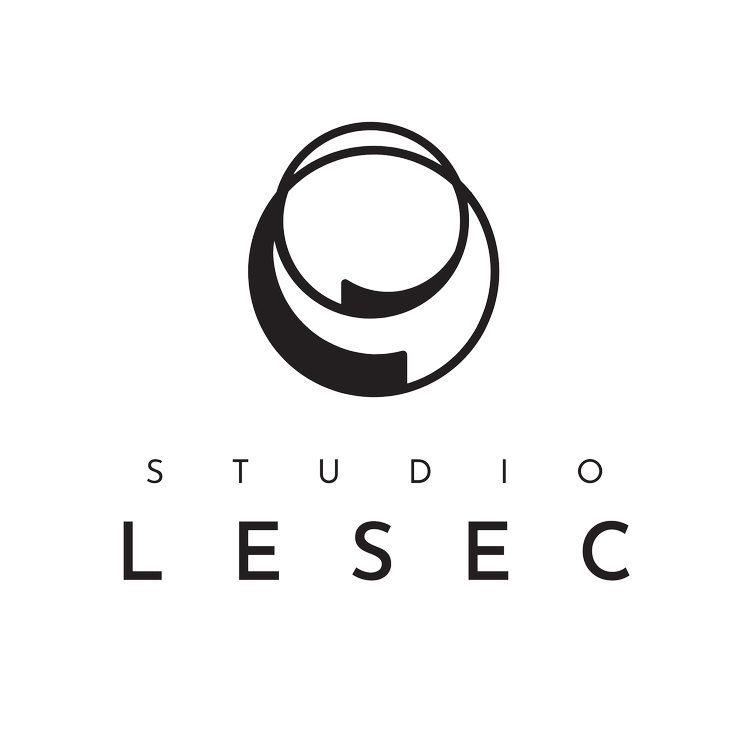Urban Sprawler, Industrial Creeper, & the Transient Threshold focuses on the collection, storage, and distribution of water in an arid climate and how architecture’s engagement with this fluctuating substance can produce a reconsideration of the conventional understanding of the threshold between interior and exterior. Our design looks to develop a system of bio-capsules derived from the nesting of compound orbicular geometries and the way in which their spatial configurations might begin to promote circulation for elements in flux.
instructor
marcelyn gow
collaborative work
jacques lesec / chris martin
_model photo
_concept drawing
INDUSTRIAL CREEPER
On the site we envision a antagonistic dialogue between the seemingly biologic units and its abiotic architectural foundation. The units find a home intertwined amongst the predictable regularity of the steel configuration remeniscent of a deteriorating and outdated technological era whose remnants can be found scattered across downtown Los Angeles. These old industrial artifacts, derived from sheer function, act as an all too familiar platform by which the occupant interacts with this new synthetic ecological system. Throughout the site, we see the units stretched and twisted in an extraodinary demonstration of elasticity. In this way, the building lingers in a constant state of mediation between the past and the future; succombing to the complex configuration of the aggressive industrial creeper.
_bloom actuation
_concept drawing
The drawing priveleges the importation of various contexts of the city (such as the LA river) while reflecting on the cultural and temporal characteristics of the site and situates the project within current politics of water conservation and land use as well as the role of historic parks today. The drawing attempts to embody the spirit of the inevitable transformation of a site that continually eludes definition.
_rendering
These assemblages utilize a permeable enclosure that oscillates between macro and micro porosity in the interest of maximizing water collection and circulation for the cultivation of a synthetic vivarium. A parallel function that these units perform is their active participation in the indexing of micro climates found within Los Angeles’ various ecologies. Sensors imbedded within these assemblages collect data about humidity and temperature that contributes to a vast digital network stretching across the city. This data is sent back to the site where it’s disseminated.
_concept drawing
URBAN SPRAWLER
Within the suburban context we witness a regimented deployment whose spatial organization conforms to a rigorous geometric pattern, perhaps in reference of the repetitive proverbial grid fostered in contemporary urban planning. The units’ spatial configuration rests at the mercy of the owner, providing the opportunity to manifest individual design sensibilities that can address respective programmatic needs. Providing a more tangible interaction with these units gives the user an invested interest in the cultivation of their ecologies, characteristic of Gilles Clement’s “citizen gardener”.
_concept drawing
TRANSIENT THRESHOLD
The performance of these units pose interesting implications that call into question our conventional understanding of threshold. The circulation of water from the vessels, located along the perifery to the nested bio cells and underground discharge channel, effectively erodes the legibility of site. The ground plane becomes a permeable membrane penetrated by the proliferation of these assemblages near local ruptures. Water directed from the LA river is treated through a series of filtration silos and stored in a subterranean storage reservoir. Anual rainfall collected by the vessels that occupy the site above further dilutes the river water to be used for irrigation of the vegetation. The “site” then becomes a transient threshold, maintaining a state of flux.
_silicone membrane
_actuation
_model photo
We’ve developed a composite assemblage, using flexible silicone sheets infused with structural filaments, whose complex and regenerative spatial arrangements take shape as the unit adapts to its specific environments. The forms lend themselves to a multitude of formal variation responding to unique localized ecologies within the greater Los Angeles area.














